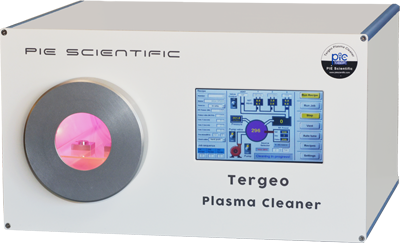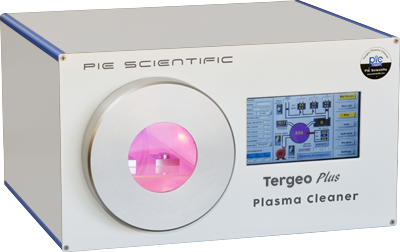1. Improve biomedical coating adhesion - 바이오 메디컬 코팅 접착력 향상
2. Plasma Sterilization - 플라즈마 멸균
The traditional sterilization processes rely on high temperatures, toxic chemicals, or irradiation. Those processes may result in damage to the medical devices. Low-temperature oxygen or hydrogen peroxide plasma can efficiently sterilize heat or radiation-sensitive medical devices. Reactive O, O3, OH, and OOH radicals and energetic ions cause etching on microbial structures. Bacterial endospores exposed to plasma show obvious shrinkage, which results in the death of the spores. Plasma is also a good source of UV and VUV photons, which are known to have a sterilization effect. Plasma treatment to the medical devices can achieve sterilization and surface activation at the same time.
3. Improve biocompatibility - 생체접합성 향상
Implantable biomaterials such as metal, polymer, and silicone can be treated by plasma to improve protein adsorption and cell adhesion. Plasma treatment can selectively modify the chemical and physical properties of the surface without affecting the bulk characteristics of the original device. For example, plasma surface treatment to biopolymer can introduce functional groups, cause graft polymerization, improve coating adhesion and form molecular crosslinking without change in surface roughness of the polymer. Plasma treatment to titanium device can clean and sterilize surface, provide a good starting point for subsequent plasma polymerization with allylamine. Cell attachment to plasma-treated titanium surface can be greatly improved.For many medical devices, such as catheters, medical stents, intraocular lenses, contact lenses, and metal implants, functional coatings are frequently applied to improve biocompatibility and minimize harmful side effects. However, most of those medical devices have chemically inert surface and low surface energy, which make it very hard for functional coatings to stick to the surface. Plasma treatment can increase surface energy and create chemically active functional groups to improve interface adhesion. Compared with the wet processing method, plasma treatment is a safer and more environmentally friendly process.


